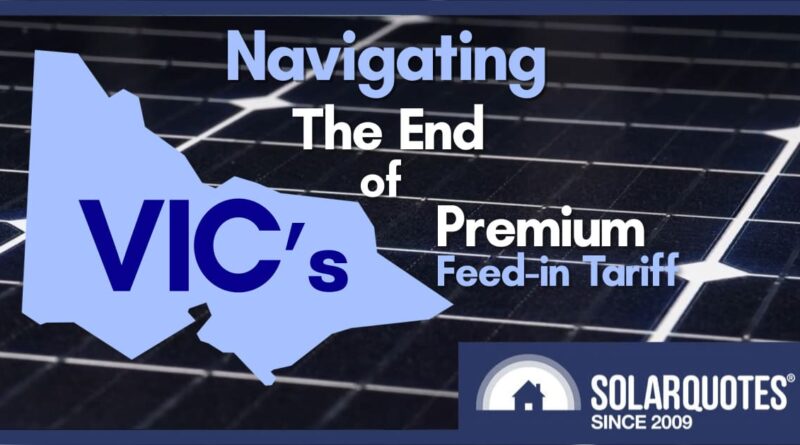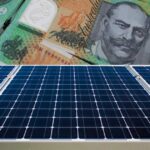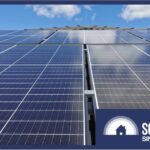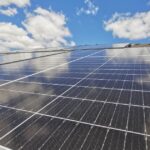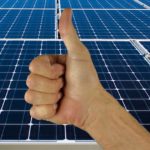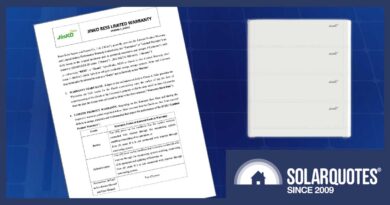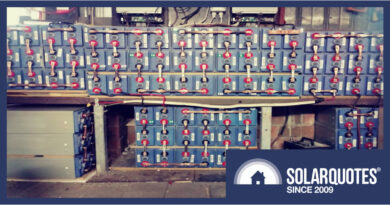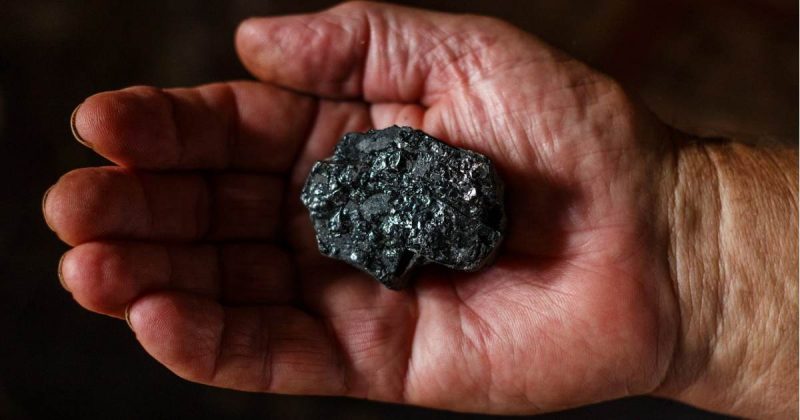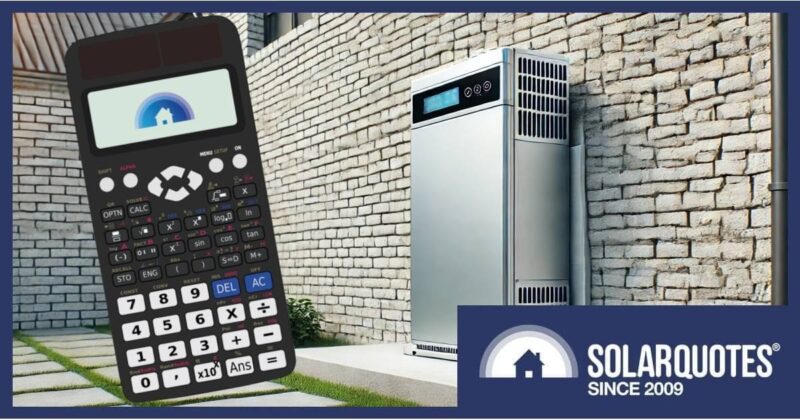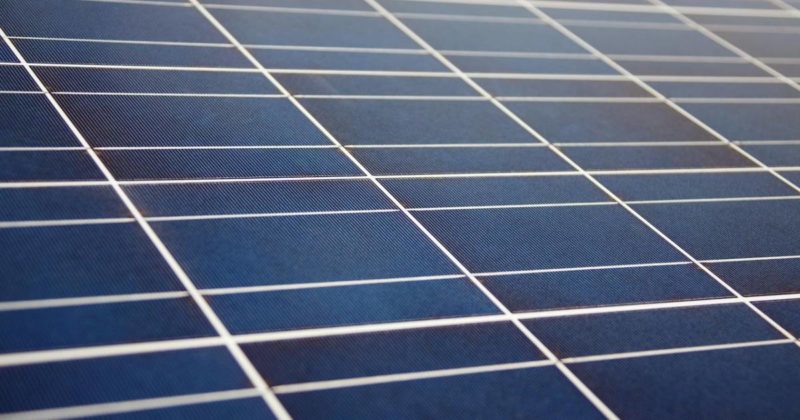Time’s Up for Victoria’s 66c Feed-In-Tariff: What You Need To Know
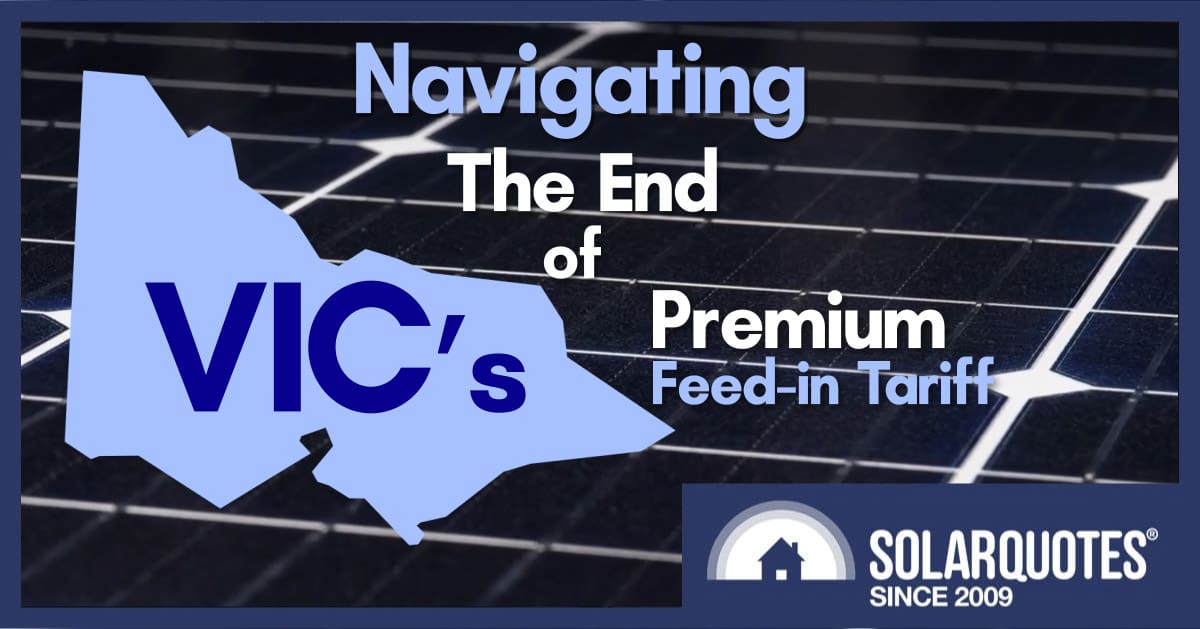
Victoria’s Premium Feed-in Tariff (PFiT), once offering a hefty 66 cents per kilowatt-hour for excess solar power generated by systems installed between late 2009 and the end of 2011, is coming to an end.
Bad news: Your feed-in tariff will drop 22X
From November 1, these solar pioneers will see their rate drop to just ~3 cents per kilowatt-hour, aligning with what other Victorian solar owners get for their surplus solar.
If your PFiT is about to end, you may want to upgrade your solar system to a bigger system that meets the latest safety and efficiency standards.
In this blog, I’ll explain why these upgrades make sense and how advances in technology can help you get more out of your solar.
Bad news: Your consumption must shift
When you are getting 66c per kWh for exports and paying about half that for grid imports, the rational thing to do is export as much solar as possible.
But from November, imports will be about 10x the value of exports, so your mindset needs to shift 180º.
You need to use as much of your solar as possible. In energy-nerd speak – you need to start maximising self-consumption.
That means shifting as many loads as possible to daytime: clothes washing, dishwashing, hot water not on a controlled load, heating, cooling, pool pumps, and EV charging.
Good news: Modern solar is safer, cheaper and more efficient
Solar prices have dropped significantly since 2011. Expect to pay about $1,000 per kilowatt for a good system that is well-installed.
In addition, if your existing system is over 10 years old, you may be eligible for the Victorian Solar Rebate, which will reduce the upfront cost by another $1,400.
If you buy a new system today, it’ll be safer, more reliable, and more efficient. Over the past 13 years, solar installation standards have improved greatly thanks to better technology, industry experience, and a stronger focus on safety. Modern systems must follow stricter electrical safety rules, and improved monitoring tools ensure your setup runs smoothly and safely.
Good news: Your old solar won’t go to landfill
The Victorian Government banned e-waste from entering landfill in Victoria in 2019. As a member of an industry working group, I am actively involved in initiatives focused on the safe removal and reuse of second-hand solar panels.
Case Study: A Before and After Upgrade
To illustrate the benefits of upgrading an outdated solar system, consider the Thompson family from South East Melbourne.
Before the Upgrade:
The Thompsons installed 5kW over ten years ago. Over the years, their system’s performance deteriorated, particularly due to an older solar inverter lacking monitoring.
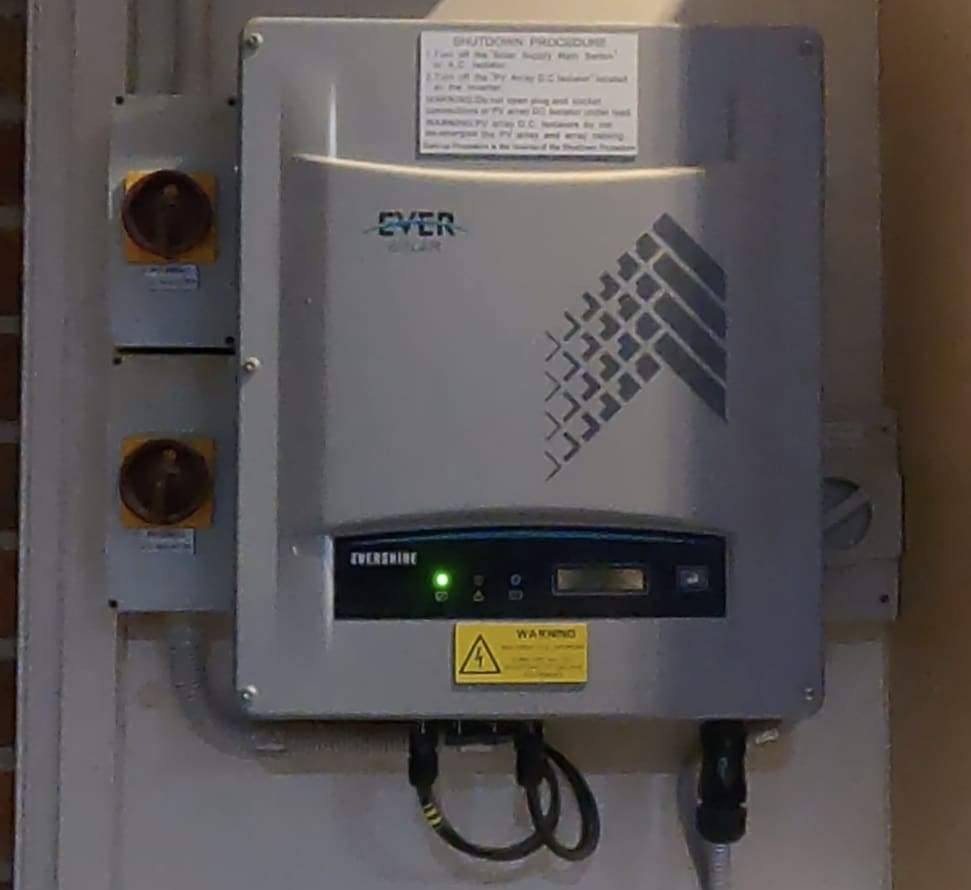
Old – Inverter isolators. DC isolators have a top entry conduit asking for trouble, the origin of the conduit is an outdoor environment. AC isolator had a broken knob and would not operate.
Complicating matters, their solar retailer had been out of business for five years, which led them to conduct a maintenance inspection in mid-2024.
The inspection found cracked panels and degraded rooftop DC isolators, impairing system safety and efficiency.
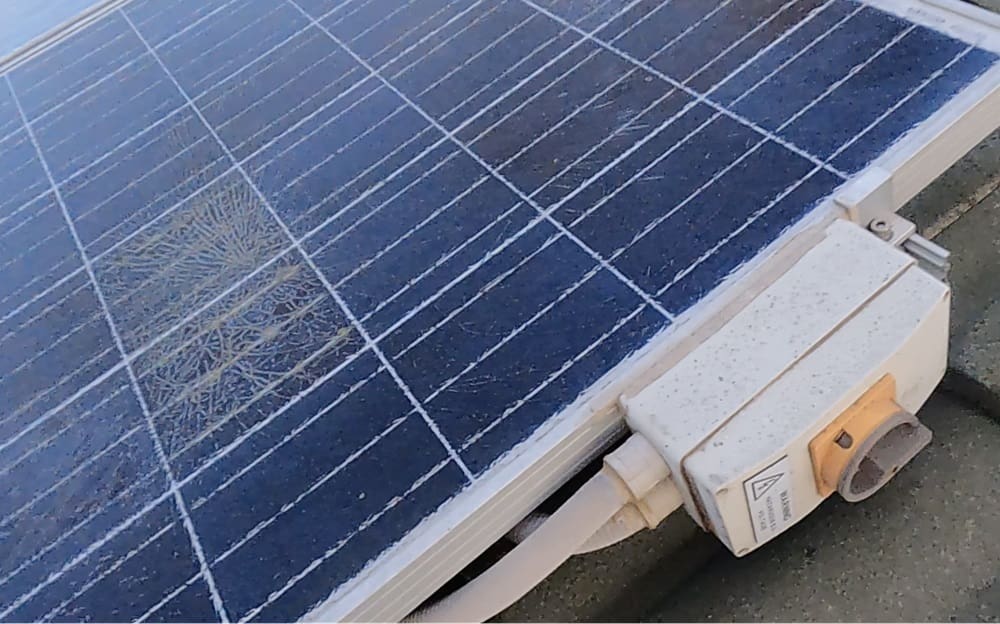
Old – Faded & brittle rooftop isolator, hot spots and a shattered panel in the background.
Additionally, the inspection uncovered browning on the panels’ back sheets, a serious issue that could indicate potential fire hazards.
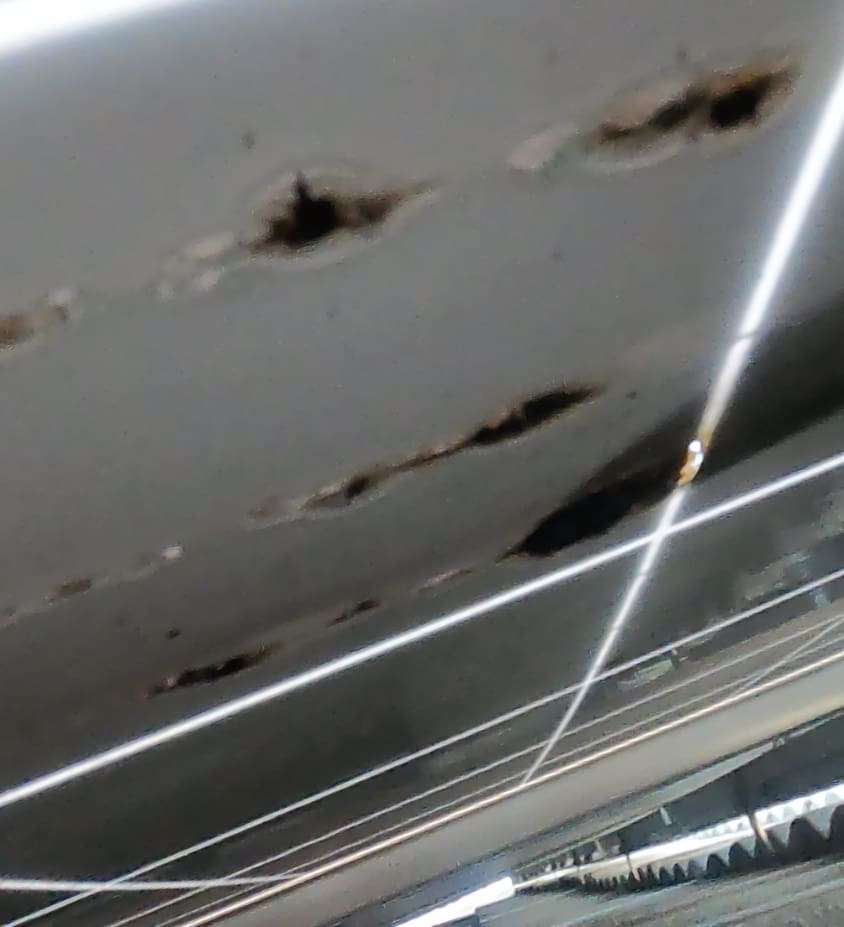
Old—Browning of back sheet. If not attended to, this will continue to degrade over time, potentially dangerously.
This discovery highlighted the urgent need to take action.
The Upgrade Process:
Recently, the Thompsons upgraded to an 8kW system with premium components. They selected a solar installer with great reviews and runs on the board. They also selected a premium inverter offering easy-to-track monitoring and enhanced safety features, ensuring better support and reliability.
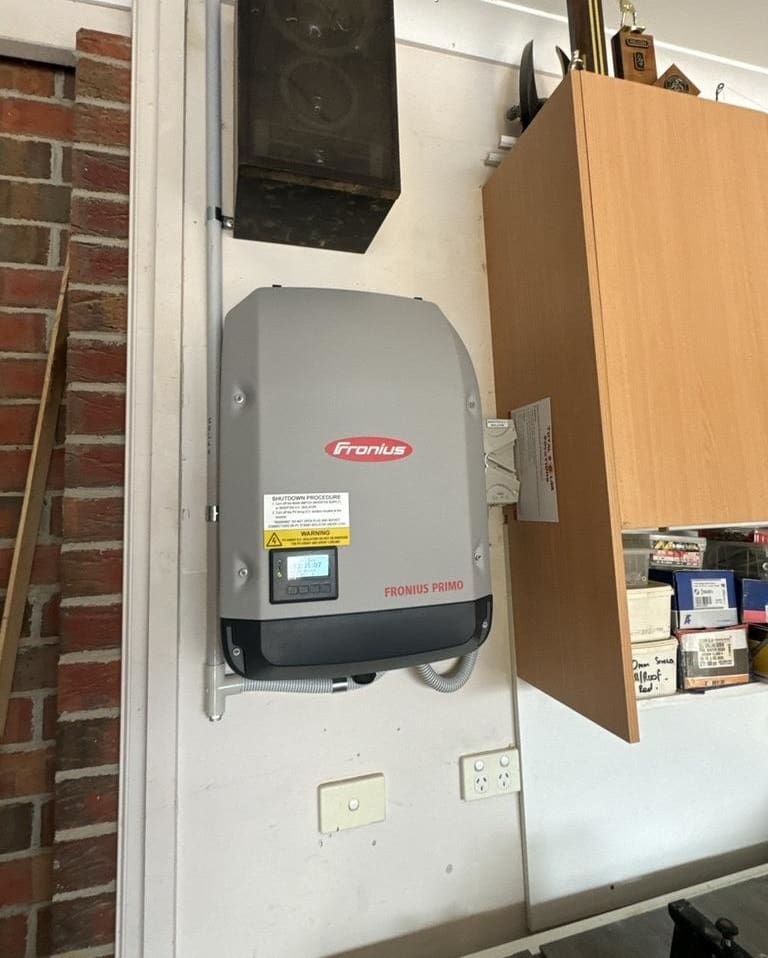
A new inverter, including a T-shaped liquid draining device, will be used to prevent the DC conduit from funneling water directly into the inverter.
After the Upgrade:
The new system has transformed their energy management, producing more electricity and incorporating advanced safety and monitoring technologies, greatly reducing the risk of electrical issues. This upgrade is expected to go close to fully covering their electricity needs, along with a change in usage habits to promote self-consumption.
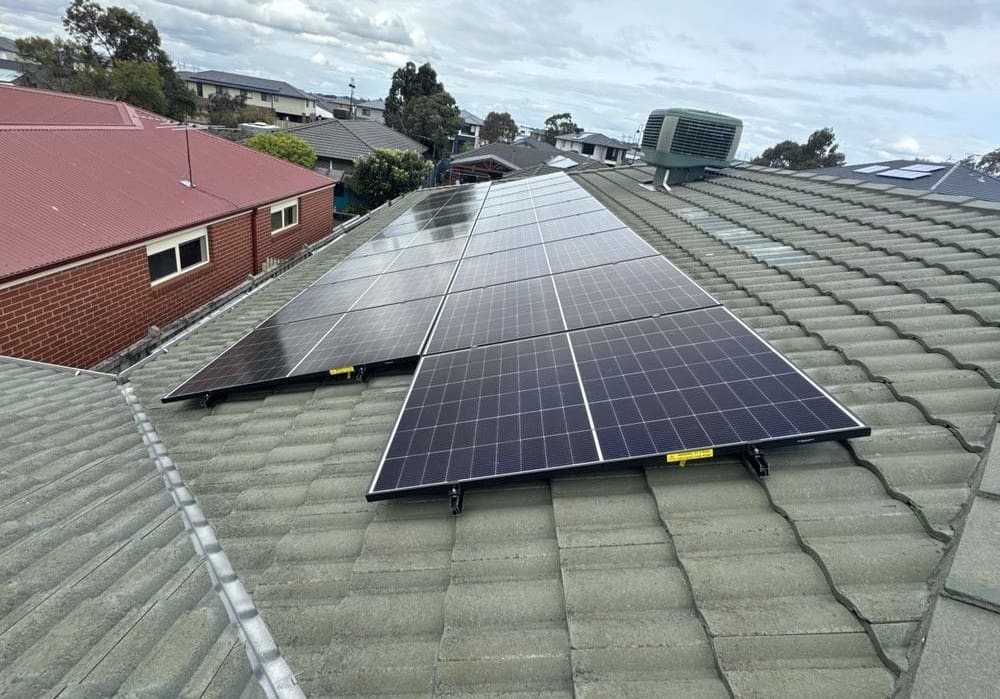
New – The new system looks great.
Conclusion & Call to Action:
As demonstrated by the Thompson family’s experience, upgrading to a bigger, more advanced solar system with enhanced monitoring and safety can significantly improve your energy strategy and align you with Victoria’s growing trend towards solar self-consumption.
If your Premium Feed-in Tariff is ending next month, now is the time to consider your options. Don’t wait until it’s too late—contact a reputable solar provider today to evaluate your system and explore the possibilities for an upgrade. No one wants to go back to paying big electricity bills.
Original Source: https://www.solarquotes.com.au/blog/vic-pfit-ending/

